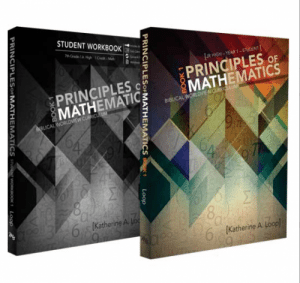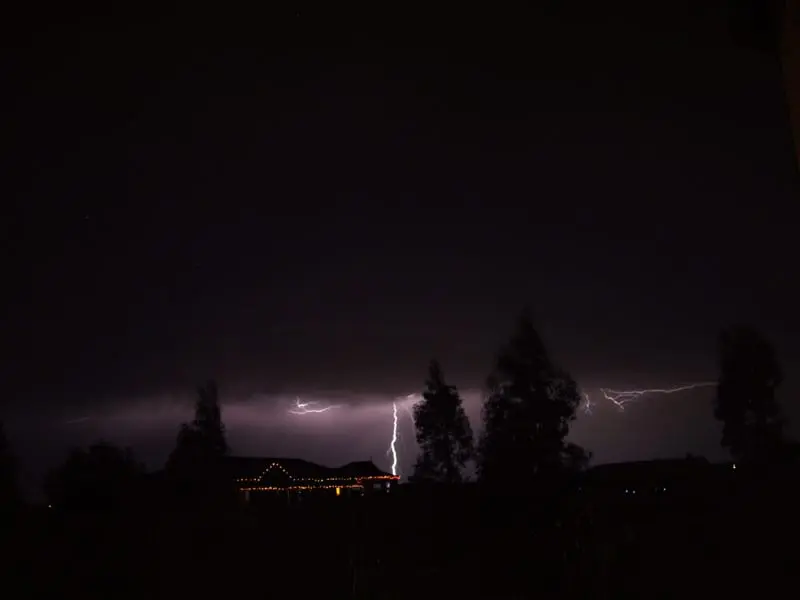Summer thunderstorms can be intense. The rain, coupled with lightning and thunder, is an awesome reminder of God’s might and power. The Bible reminds us that it’s God who makes the lightning and brings forth the wind.
“When he utters his voice there is a tumult of waters in the heavens, and he makes the mist rise from the ends of the earth. He makes lightning for the rain, and he brings forth the wind from his storehouses.” Jeremiah 51:16 (ESV)
When watching lightning in the distance, have you ever wondered how far away that lightning struck? Is the lightning miles in the distance, or could it be right down the street? Well, math can help you approximate the distance to lightning.
Since sound takes longer to travel than light, we see lightning before we hear the accompanying thunder. To figure out about how far away the lightning is, then, we need to count the seconds between when we see the lightning strike and when we hear the accompanying thunder. Since sound travels about 1,000 ft per second, if we multiply the number of seconds it took to hear the sound by 1,000 ft, we’ll know about how many feet that sound traveled to reach our ear (and thus how far away that lightning strike was). For example, if it took 7 seconds for us to hear the thunder after we saw the lightning strike, then the sound traveled about 7 x 1,000 ft, or 7,000 ft, to reach us.
Now, since we typically measure long distances in miles, we could convert the distance to miles. There are 5,280 ft in a mile, which rounds to about 5,000 ft. So we can find the approximate miles by dividing the number of feet by 5,000.
7,000 ÷ 5,000 = 1.4
In this case, the lightning was about 1.4 miles away.
Notice that since we’re using rounded numbers, we can perform the math mentally. 7 x 1,000 ft is easy to calculate in our head. We can then look at just the thousand’s place in 7,000 and 5,000, mentally realizing that since 7 is almost 1.5 times 5, 7,000 will be almost 1.5 times 5,000. In fact, we could just have divided the number of seconds the sound took to reach us (in this case, 7) by 5 to find the number of miles (7 ÷ 5 = 1.4). This “shortcut” is one many people use to find the distance to lightning quickly in their heads.
Finding the distance to lightning illustrates an important point: math applies outside of a textbook! Far from being a meaningless textbook exercise, it is a tool we use to describe the quantities and consistencies God created and sustains. And as we use math, we have an opportunity to praise God, knowing that He is the One who makes the lightning and brings forth the wind.

Imagine learning math as a real-life tool that points us to God and helps us explore His creation? Now, at last, you can!
Katherine has written a curriculum that truly lets students learn math in connection with science, real life problems, and even history–all while building a biblical worldview and praising the Creator.
Save
Save






